[DOS, Avalon Hill]
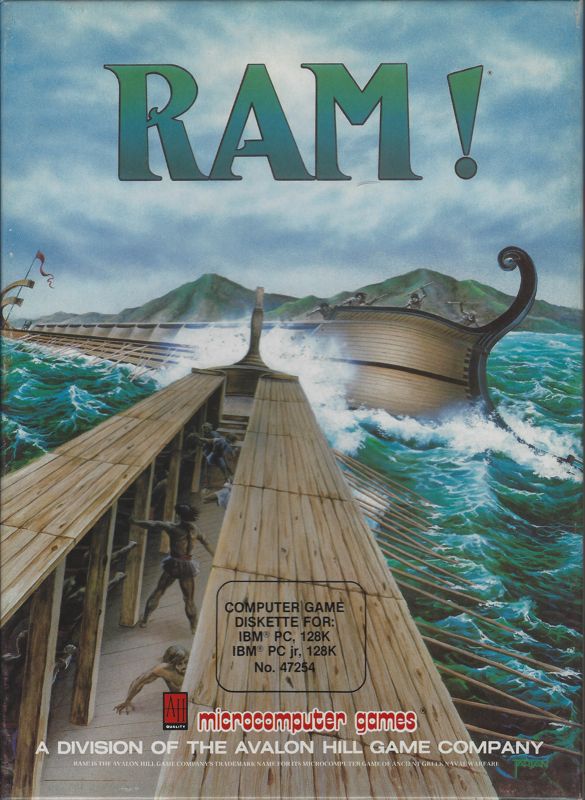
Meanwhile the fleet from Corinth and the rest of the confederates in the Crissaean Gulf [were] watched, as they coasted along out of the gulf, by Phormio, who wished to attack in the open sea. But the Corinthians and allies had started for Acarnania without any idea of fighting at sea, and with vessels more like transports for carrying soldiers; besides which, they never dreamed of the twenty Athenian ships venturing to engage their forty-seven. […] They slipped from their moorings in the night, but were observed, and were at length compelled to fight in mid passage. […] The Peloponnesians ranged their vessels in as large a circle as possible without leaving an opening, with the prows outside and the sterns in; and placed within all the small craft in company, and their five best sailors to issue out at a moment’s notice and strengthen any point threatened by the enemy.
History of the Peloponnesian War, II-83
That’s how old Thucydides tells the story: the Athenians fighting 2-against-1, but overcoming the odds with cunnning and courage. A beautiful story, in a way reminiscent of the epic stories of the Homeric time he otherwise eschewed.
But he wasn’t there, and I was. I can testify that’s not what happened, and years later I want to leave a trace in writing of what happened that day. His version, of course, is the better one. It is certainly more epic, and I surmise it will be remembered for the generations to come. Mine would have portrayed the battle of Chalcis as a minor scruffle: there were not twenty Athenian ships; there were only six.

As for the Peloponnesians, they were not – in fact – passively waiting for our ships to attack. Instead, their eight galleys were arrayed aggressively, seeking to bring destruction upon us.
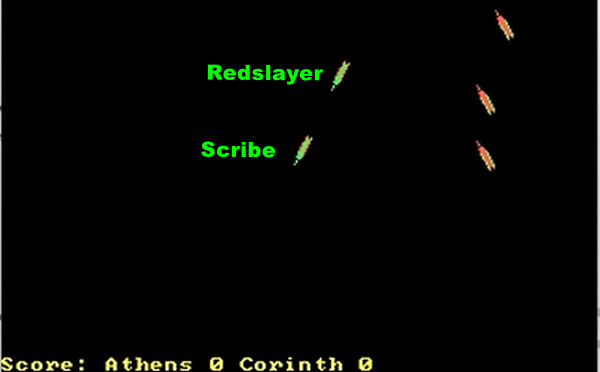
All the “names” of the ships in the AAR come from commenters, to avoid naming the triremes #1, #2,…
I am certain of this, because I was none other than the nauarchos of our fleet. I will confess: when the Peloponnesians attacked there was a moment of confusion, and my first thought was to preserve my fleet, so it was necessary to blockade the Dorians. And so, instead of immediately confronting the enemy, my first orders were to turn toward the coast, while ensuring that all six remained within sight, so that I might direct them in case a battle was forced upon me.
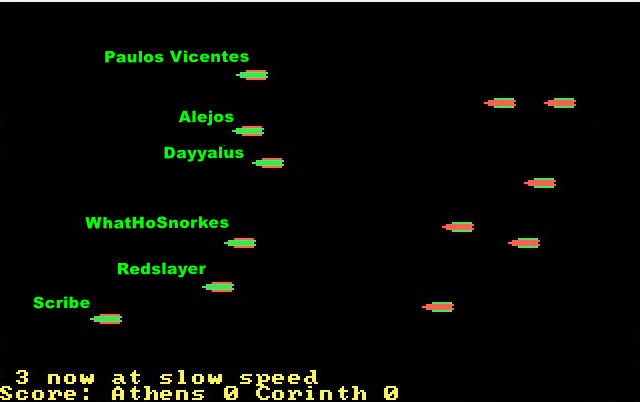
At first, we rowed at a measured pace, preserving the strength of our men, and the Corinthians, likewise cautious, mirrored our movements. Yet I perceived that mere delay would avail us nothing and that the enemy’s advantage was not as great as I had feared. Turning to my men, I gave them courage with a rousing speech, that I can now repeat word-for-word, as it was uttered:
Men of Athens, let no fear seize you at the sight of the enemy’s numbers! Recall that it is not numbers, but discipline and skill that win battles upon the sea. The Peloponnesians, for all their arrogance, exhaust quickly on their oars! On my command, turn and let the sons of Theseus face the scions of Sisyphus!
Thus said, I ordered triḗrarchos Dayyalus to carry on heading West with two ships while myself, along with triḗrarchoi Redslayer and WhatHoSnorkes, would turn to face the enemy. Commanding only a small number of vessels, I knew I would be able to leverage the better skill of my rowers.
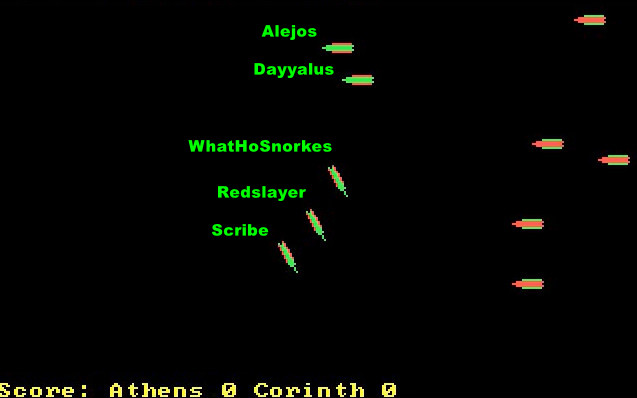
The charge was swift and violent. Triērarchos WhatHoSnorkes struck true, his ram biting deep into the enemy hull. No sooner had the impact stilled his vessel that his soldiers poured across the deck, overwhelming their foes. The Corinthian ship was taken.
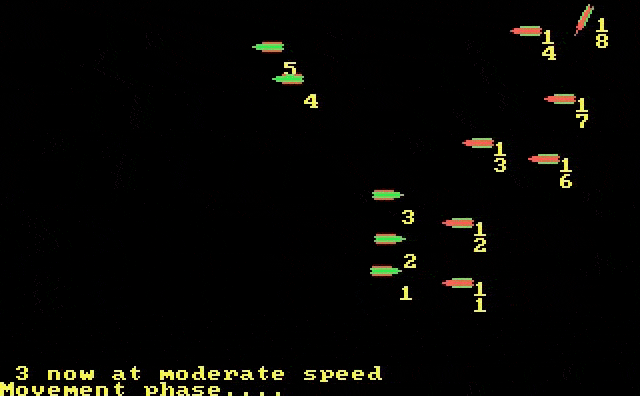
Yet, the halt of WhatHoSnorkes’ vessel left him vulnerable, and our remaining galleys overtook him. As Redslayer was drawing away two of the pursuers, I seized the moment and directed the prow of my ship against no lesser target than the leader of the Corinthian fleet. Alas, fate was cruel to my glory, for though all who witnessed swore that my ram struck the enemy’s side, the angle was such that my blow only shattered their oars.

Worse still, disaster struck Redslayer. As he turned to return to a semblance of formation, the second of his hunters rammed him hard, shearing through his oars. His vessel was crippled.
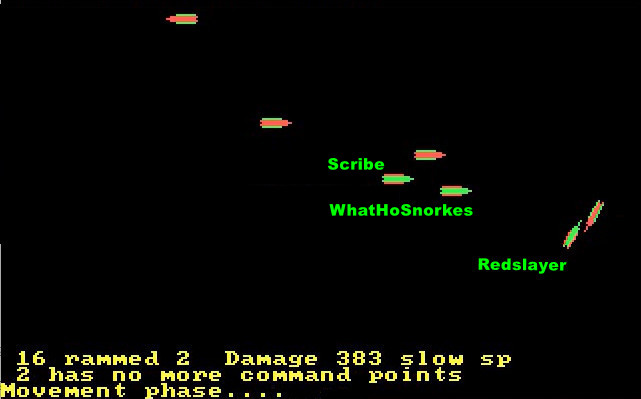
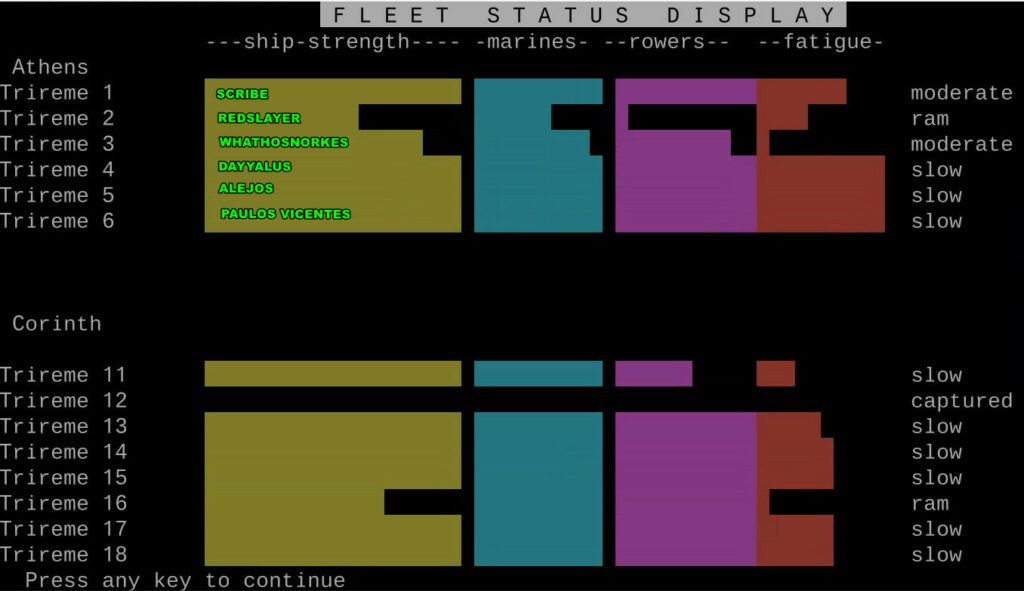
Seeing this, I spurred my men to action, turning and striking the enemy who had wounded my comrade. My blow was true this time, and the Corinthian ship, shattered beyond saving, immediately foundered and sank.

Yet our work was not done, for now, the enemy leader, seeing Redslayer vulnerable, bore down upon him. My men strained at the oars, but they had spent much of their strength, and could not hit the enemy with decisive speed. WhatHoSnorkers however came once more to the fray and struck the Corinthian flagship from the side with decisive force, and with that blow, the last resistance of our foes was ended.

The remainder of the enemy fleet had by now disappeared beyond our sight, and with two of our vessels deprived of most of their oars, I led the trio of ships from the field.
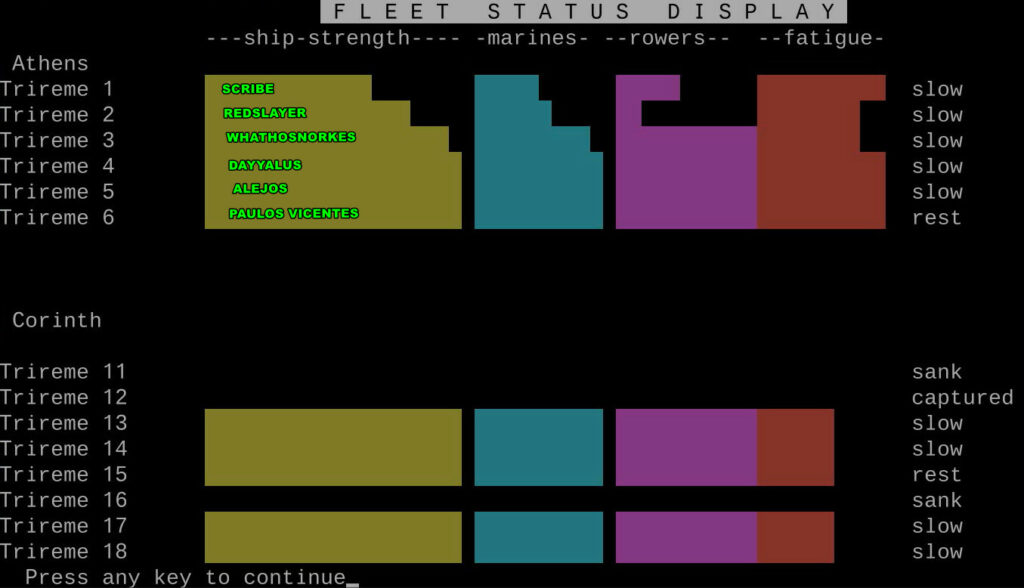
Meanwhile, triērarchoi Dayyalus, Alejos, and Paulos Vicentes remained locked in a slow race, pursued by the Corinthians. But in the chaos of battle, only three enemy ships remained upon their heels.
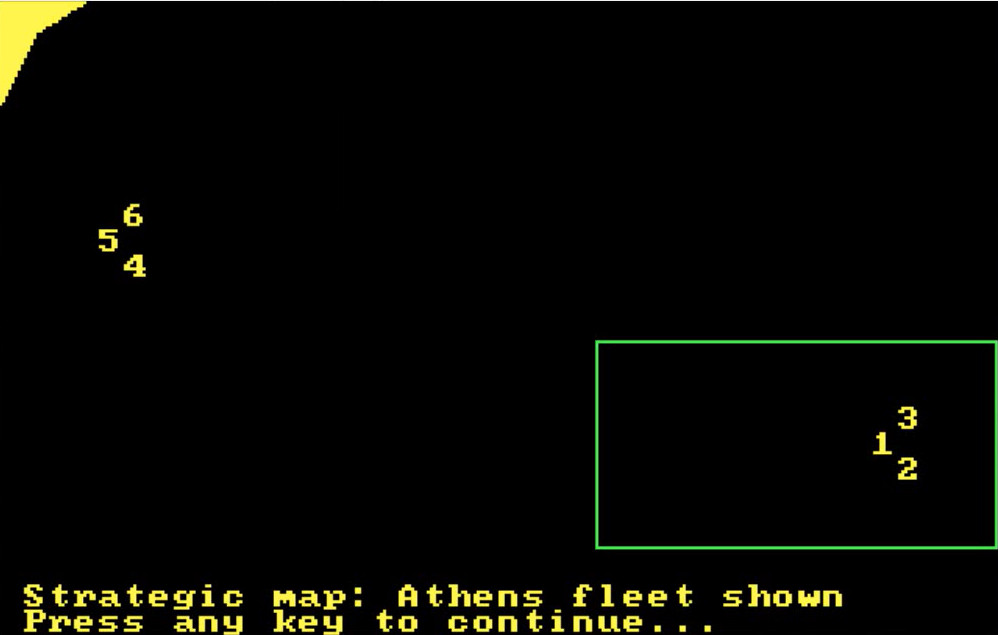
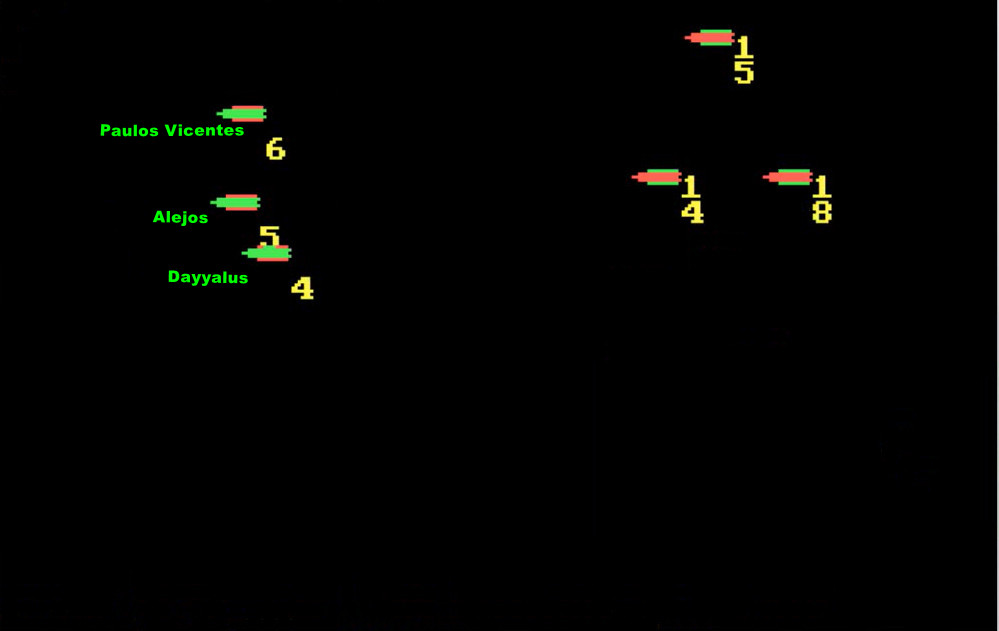
Seizing the moment, triērarchos Dayyalus ordered a sudden turn. The music of the aulētai quickened, and at once the rowers, summoning their reserves of strength, propelled the ships forward at ramming speed. Paulos Vicentes struck first, his prow splitting the enemy hull.
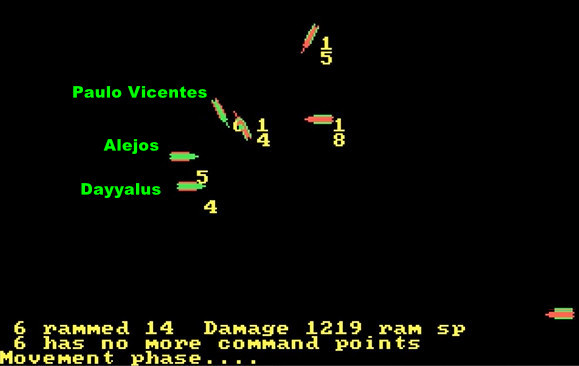
Soon thereafter, Alejos and Dayyalus followed, yet their already exhausted oarsmen could not lend full force to their blows. Alejos’ epibatai marines stormed the enemy deck and seized her.
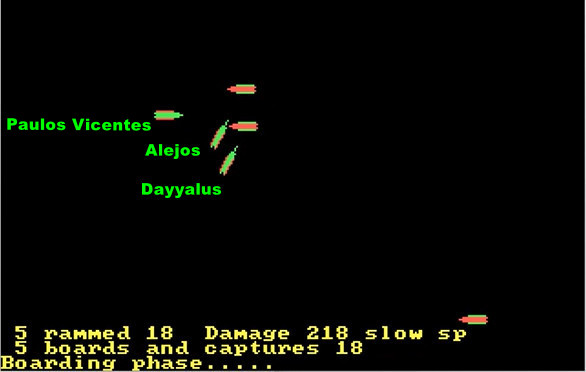
Alas, many of his men had fallen. When the third Corinthian ship arrived, it overwhelmed Alejos’ weary men, capturing his vessel. His fate remains unknown.
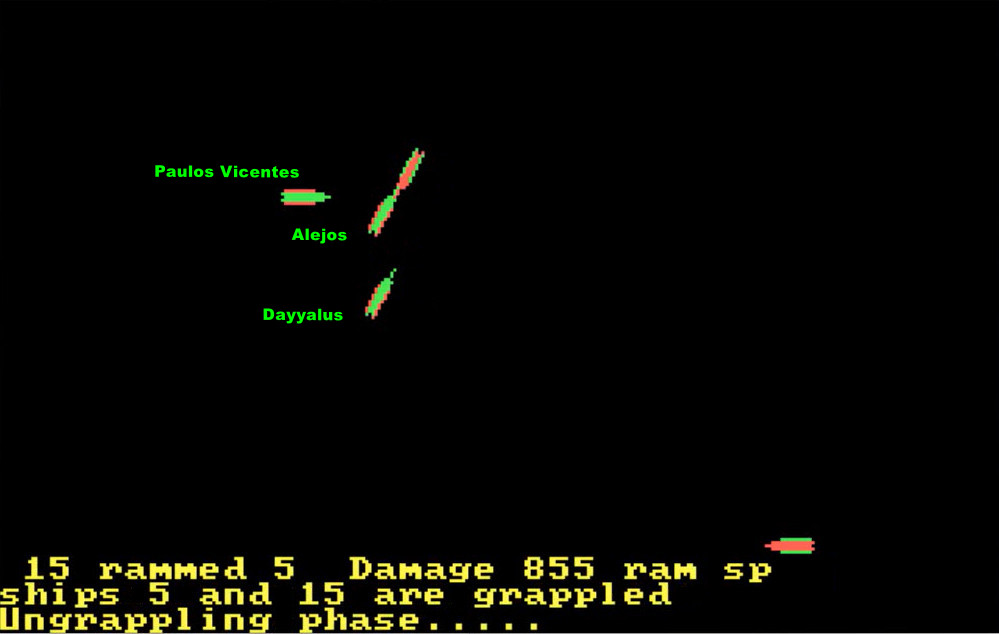
Paulos Vicentes, undaunted, charged into the melee, striking the foe and boarding, but the Peloponnesians fought with bitter resolve. He was slain, and his ship, too, was lost.
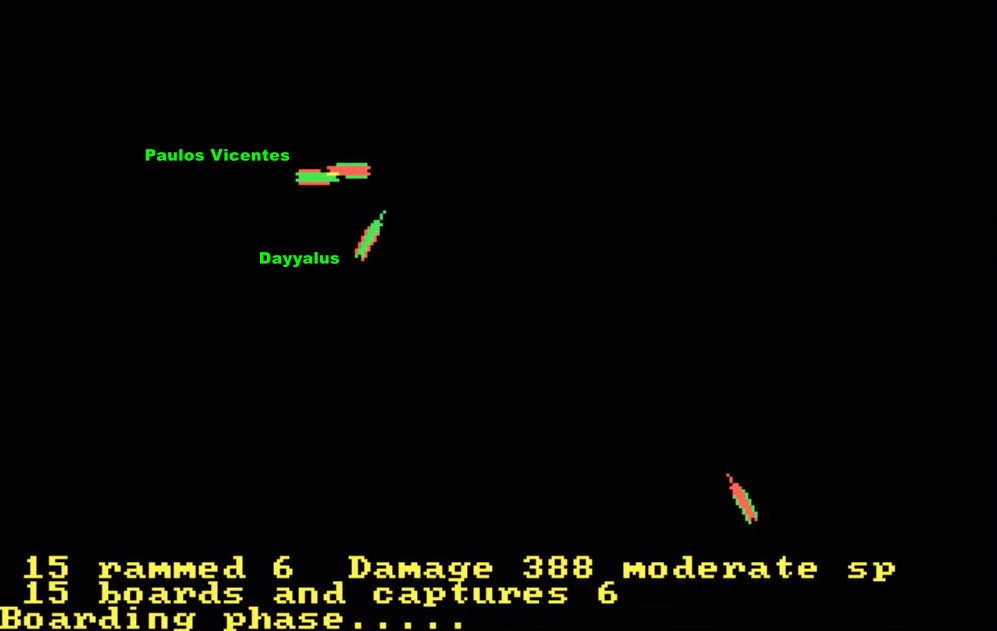
The enemy had paid dearly, their vessel now crippled and oars shattered.

Dayyalus, seeing the peril of prolonged engagement, resolved to strike again and again, ramming without rest until at last the enemy ship foundered.
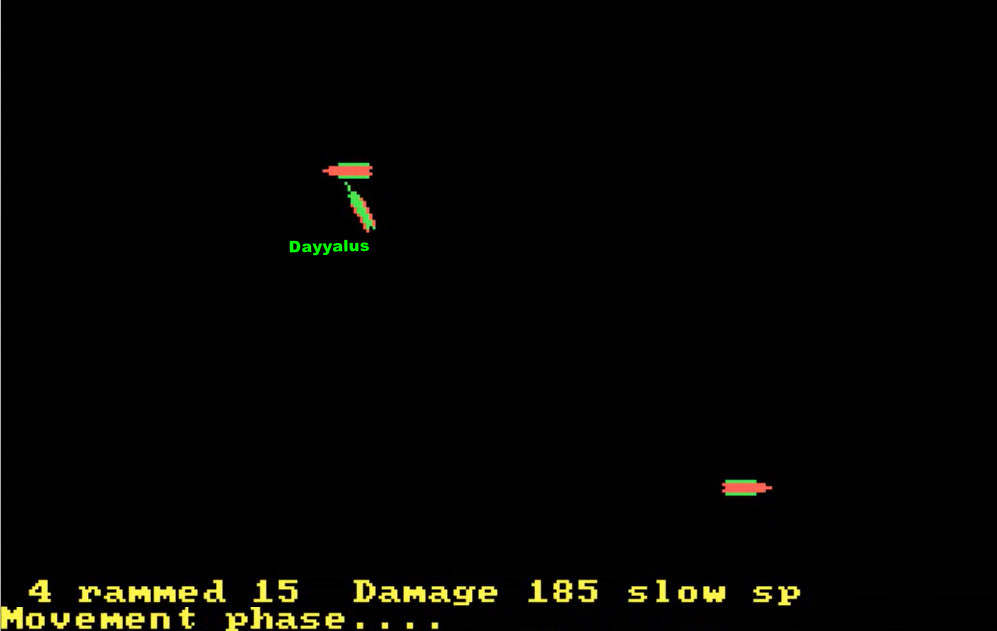
But another Corinthian ship now entered the fray. The triērarchos raised his hand in signal, and Dayyalus, understanding, answered in kind. A duel. They lunged at one another, ship against ship, man against man.

And in this contest, more of craftmanship and luck than of seamanship and skill, it is the Athenian craft and good star that triumphed. The Athenian vessel proved sturdier, the Corinthian one prone to sink and disappear beneath the waves.

Dayyalus, his ship battered and unfit for another such contest, withdrew. Thus ended the battle.
In the aftermath, as was the custom, I erected a trophy upon the shore, dedicating it to Poseidon, god of the sea, and allowed the Corinthians to recover their dead under a truce. Sacrifices were made, libations poured, and hymns sung to Athena, who had guided our hands and steadied our hearts.
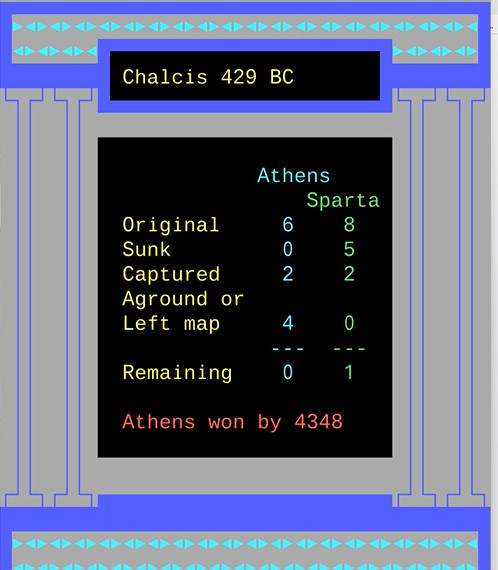
We mourned the lost sailors and welcomed new companions. There would be more battles, of course.

But with good Fortune and an experienced crew, nothing seemed impossible.

Despite the original topic, Ram! is not a great game – having a game so sloppy on collision detection when the game is about high-speed collision is a letdown. It’s not great to write or read about either, because all I have is ramming attacks to work with, particularly given my careful approach to the battle. While it paid off – it is the first time I won a battle – it did not generate fun ship interactions. I will be ultra-aggressive in future battles, which hopefully I will all cover in only one article. But first, we’ll refresh our palate with something more obviously on the Spectrum of fun.